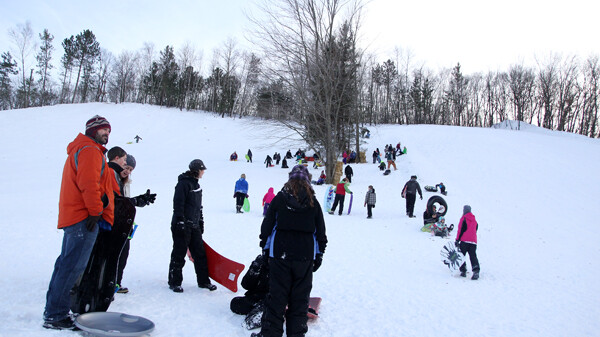Be Cool and Fight Obesity ... With Shivering

For some, there’s nothing better than escaping the frigid, sometimes sub-zero temperatures of the Wisconsin winter and cranking the thermostat to a cozy 70 degrees. But have you ever considered the health benefits of keeping the dial a little lower? According to studies published in 2014, researchers suggest that leaving the old heat machine at, say, a slightly-less-cozy 60 degrees may help prevent obesity.
See, in a paper found in the Trends in Endocrinology & Metabolism journal, three Dutch researchers explain the benefits of “temperature training,” in which one endures “more variable indoor temperatures—ones that reflect the changing temperatures outside” in order to increase their “energy expenditure.”
“Since most of us are exposed to indoor conditions 90 percent of the time, it is worth exploring health aspects of ambient temperatures,” said Wouter van Marken Lichtenbelt of Maastricht University. “What would it mean if we let our bodies work again to control body temperature?”
You see folks, through our natural frosty time thermogenesis, a.k.a. shivering, our bodies naturally fight hypothermia while expending energy, which, in turn, increases the metabolic rate. However, one can also burn calories in milder cold temperatures through a process called "nonshivering thermogenesis." The research suggests that temperature training, which increases shivering and nonshivering, should be a part of our daily exercise regimen.
So, in other words, taking it easy on the heat this winter could both fatten your wallet and slim your waistline. And if you’re already in fit condition, a routine temperature training regimen could validate ingesting a few extra cheese curds and a brewski every once in a while.


















